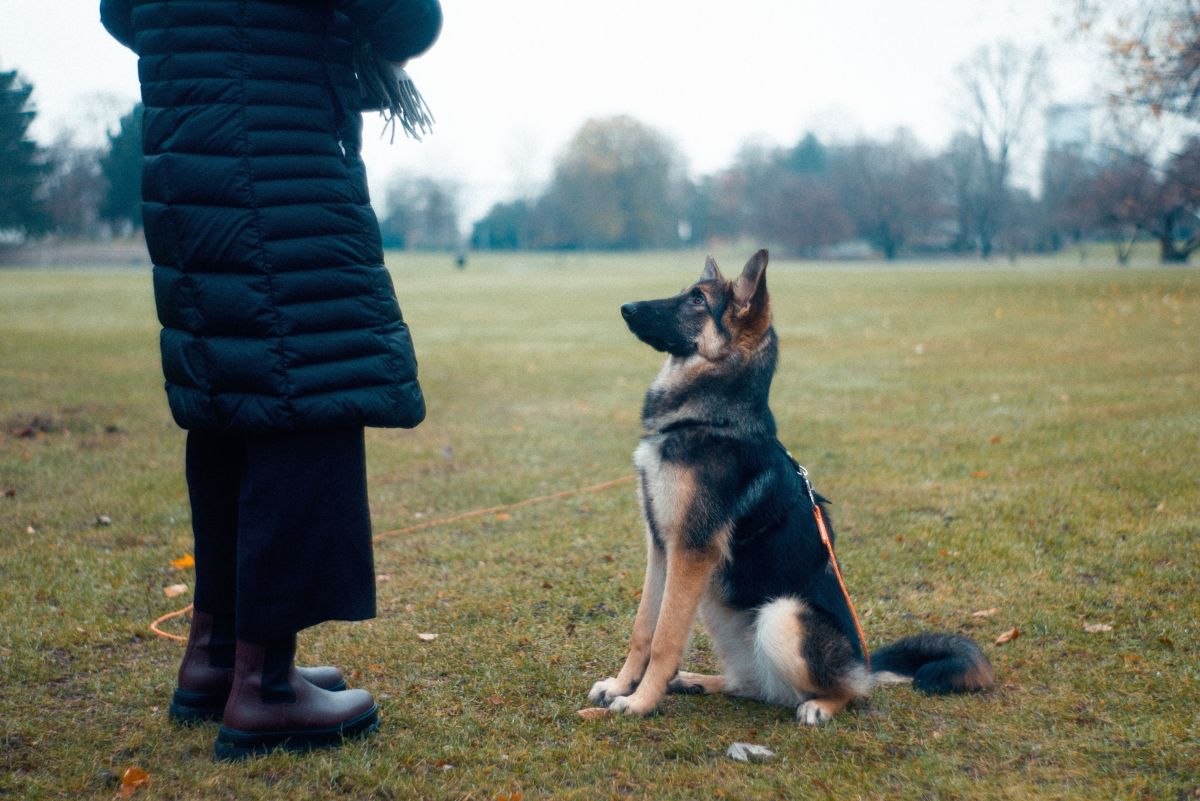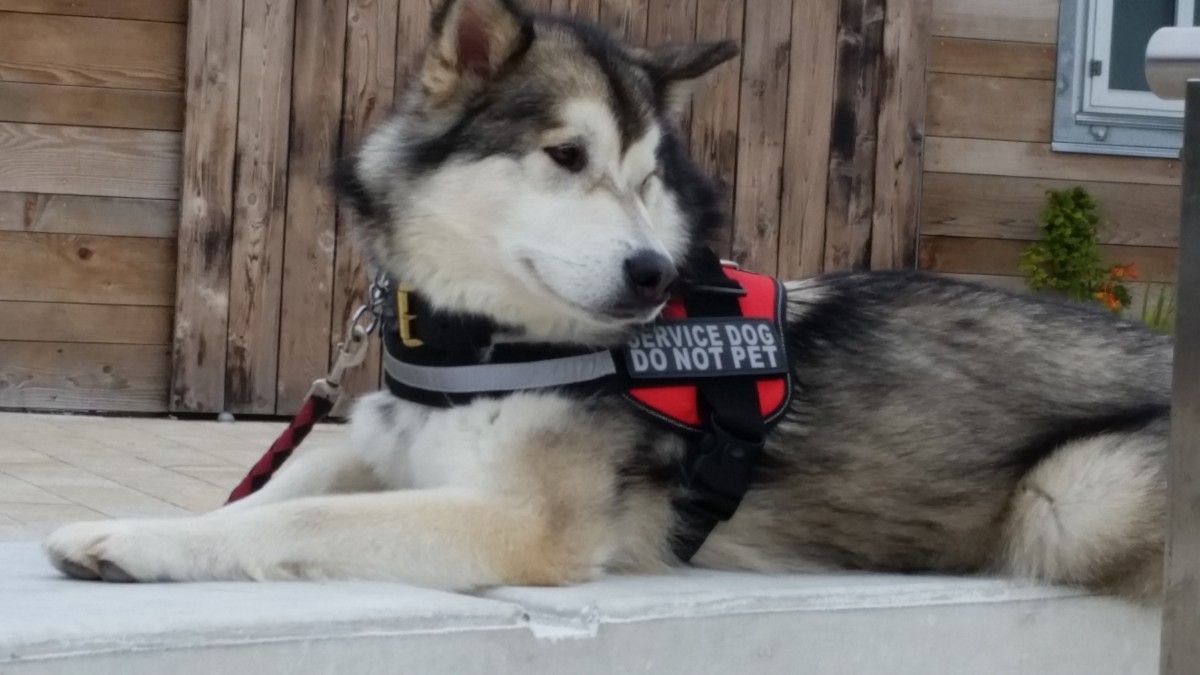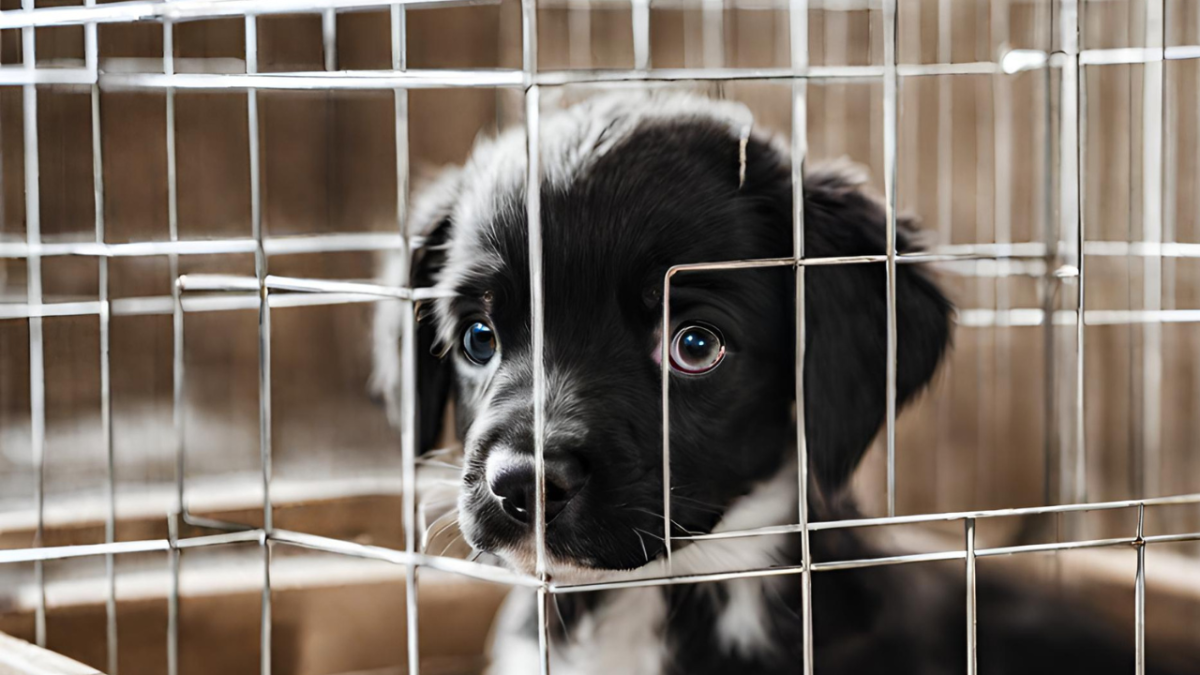Why Even Good Dog Training Can Stop Working
Like many people, you may once have been (and if you are reading this, probably still are!) the embarrassed owner of a dog with behavior problems, but you made the decision that you have struggled for long enough. Hopefully, you gave yourself the best chance of success and employed the wisdom of a qualified Dog Behaviorist or Trainer for some targeted advice. Or maybe you did extensive internet research and created your own strategy. In either case, the advice worked great at the start, so why is it then, that a month or so on you are still struggling with the same problems, if anything the situation is now worse than ever!
26% of dog owners say their dog is anxious when left alone
— The Kennel Club, February, 2014.Don’t panic, this is a common problem, I will explain why and crucially, what you need to do to change it, maybe this is a familiar story for you…
Day 1
This was the day the whole family had been waiting for, the day that the behaviorist came to visit. She will probably have spent a few hours with you, while you watched with amazement as she worked her magic and your dogs behavior improved before your eyes, you were excited, you could at last see an end to the trauma that you had endured at the paws of your dog, you were confident that everything is finally going to get better and you couldn’t wait to get started.
In fact, you were so inspired on that day, that as soon as she left you were straight out the door again, patiently allowing your dog time to calm before you attempted to walk together. You were no longer fearful of other dogs, you marched confidently around the park, your best friend walking beautifully at your side, actively looking for dogs so you can practice your new skills and revel in your buddy’s new and improved attitude, he is far from perfect and you have a lot of work to do together, but you are full of enthusiasm as the advice she gave you is already working a treat, you couldn’t be happier.

Day 4
By day four the novelty had started to wear off a little, you had stopped begging anyone and everyone to ring your door bell, just so your dog could practice sitting in his spot while you opened the front door, again. It was difficult to make yourself get up early again just because it takes him so long to calm down in the morning, but you made yourself do it anyway, just because you could see it slowly working and you knew your efforts would pay off in the long run. You slowly started to sink back into old routines, no longer seeking out training situations, now taking opportunities only if they naturally presented themselves, but it was OK, he was still improving at a good rate, so life was still good, and your enthusiasm remained, if not very slightly diluted.
Did the advice stop working, or did you?
Day 15
Life got busy and time became limited, so you started to fast track and skip parts, in fact, only the night before, you gave in and put woofers in the kitchen for an hour, so you could watch that elephant documentary in peace and without having to worry about giving him a treat every time he ignored the animal on the telly! In fact, you had run out of treats a few days earlier and had to manage a day without, but he seemed to have mostly got the hang of things, so that was good, maybe you had cracked it already, you did seem to be going through an awful lot of treats. In fact, he only ran off after one dog that morning which was a huge improvement on how bad he had used to be, so you're not worried.
Day 28
His behavior had really started to slide over the previous few days, in fact, by day 28 he was almost totally out of control, not even his favorite treats were helping, you were so frustrated with the whole thing. You were even starting to wonder if it wasn’t a mistake getting a dog in the first place.

So, What Went Wrong?
The truth is that dogs will only behave in a way that works to get what they want and in the most efficient way, and the only way he can judge that is to consider what has worked for him in the past, it’s really that simple.
So, if he is excited to see you when you get home from work and wants your attention, he might sense from your calm, patient demeanor and the fact that you have a tasty treat in your pocket, that under these circumstances it was quicker to sit quietly and then he will get your attention and the treat. However, if he thinks you are impatient and agitated, then by past experience, it possibly makes more sense to him to jump a little higher or even to grab at your clothes to get your full attention.
Don’t forget that he has nothing better to do all day than to study you and your behavior, he doesn’t have a job, or Facebook, or family dramas to dominate his thoughts, so it will be really obvious to him if things are starting to slip, and what might have seemed like a good behavior choice on day one, when you were enthusiastic and uncharacteristically patient might no longer feel like the best way to achieve his goal on day twenty when you are feeling tired and irritable, and before you know it, you are back to square one.
12% of pet dogs are given up to new homes due to behavioural problems
— The Kennel Club, February, 2014Another huge contributor to this problem is an impatience to declare the problem solved. If you say sit to a puppy, push his bum down and then give him a treat does he now know how to sit on command, or do you need to practice a few more times to be sure? In fact, you may need to practice another hundred times in various different places and under different circumstances before you can even think about very gradually phasing out the treats.
Of course, it is possible that the advice you were given has genuinely stopped working, maybe circumstances have changed or something significant has happened in yours or your dogs life which has affected his behavior. In this case, call the behaviorist, explain what has happened and, if necessary book a follow-up session so she can reassess your dogs behavior and adjust the advice accordingly.
Don’t underestimate the potential effect of his health and well-being on his behavior either. Even something as insignificant as a few fleas or a tummy upset can cause a behavior change in your furry friend, so if his behavior has recently changed, a trip to the vet should always be considered to rule out or treat any possible conditions he may be suffering.
How to Reverse it
If this is a familiar story, and there are no other explanations, then the answer is pretty simple, just take a step back and refresh your memory of all the advice you were given at the beginning. Then start again with the same enthusiasm and patience you had last time, if the advice worked for you once, it will work again, you will just need to be more stubborn and stick with it for a little longer this time. Some people believe it takes 28 days to form a new behavior, so this time, make a deal with yourself to keep it up for at least this long, no matter how well you are doing, before you start to relax.
Do you struggle with your dogs behaviour?
This article is accurate and true to the best of the author’s knowledge. It is not meant to substitute for diagnosis, prognosis, treatment, prescription, or formal and individualized advice from a veterinary medical professional. Animals exhibiting signs and symptoms of distress should be seen by a veterinarian immediately.
© 2016 Caroline Brackin








